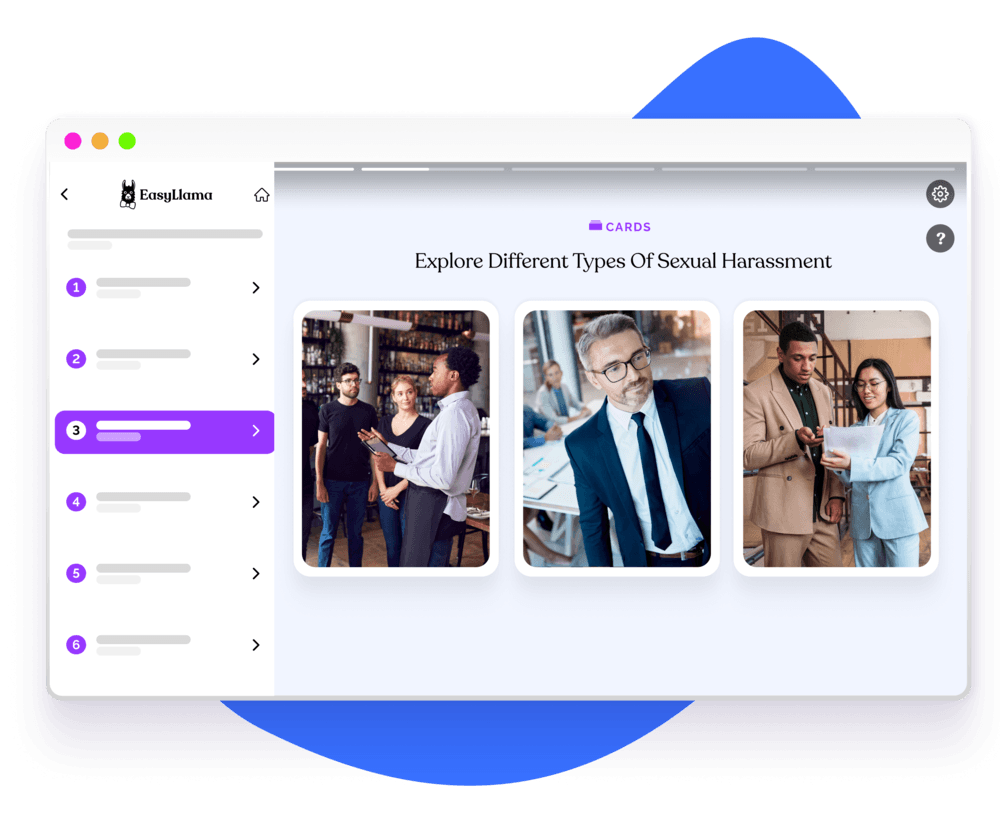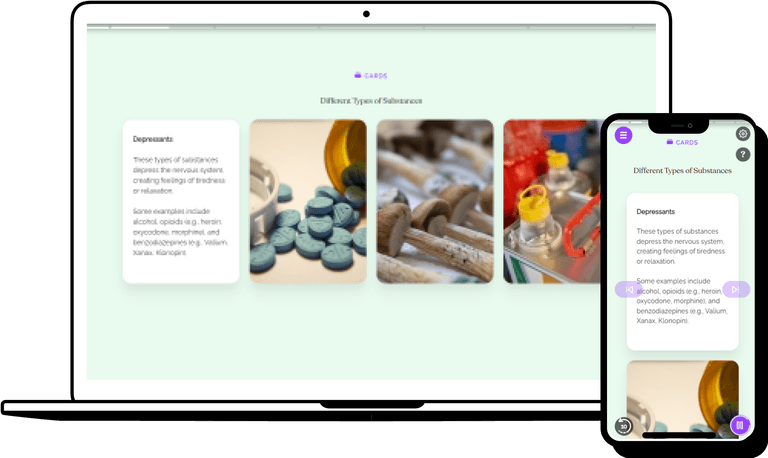Preventing Workplace Harassment
Creating a respectful and safe work environment is essential for the success of any organization. This chapter will provide an overview of the various ways employers can work to ensure that their workplace is free from any form of harassment or discrimination.

Prepare Supervisors to prevent harassment in the workplace
Bystander intervention is when they take action to support a coworker. A bystander in the workplace is a person who witnesses an incident or behavior that is inappropriate or unprofessional but does not directly participate in it. They may choose to take no action or to intervene. Bystanders are often in a position to make a difference by promoting positive workplace culture and reporting incidents of harassment or other inappropriate behavior.

Creating a safe and comfortable workplace environment is essential in any business. Harassment of any kind should never be tolerated, and it’s important to have a well-developed harassment policy in place to ensure the safety of all employees. Here are some best practices for harassment policies:
Establishing clear definitions of unacceptable behavior and the consequences for engaging in such behavior is essential for a successful harassment policy. The definitions should be very specific and easy to understand, so that all employees are aware of what constitutes harassment. The consequences should also be clearly outlined, so that there is no ambiguity about what will happen to an offender if they violate the policy. This will help create a culture of respect and ensure that any and all incidents of harassment are taken seriously.
The complaint process should be clearly outlined and accessible to all employees. It should include the steps necessary to file a complaint, such as providing detailed information about the incident and the parties involved, as well as the timeline for filing the complaint. The complaint should also provide contact information for any available resources, such as counseling, legal services, or other support. All steps should be clearly defined, and the timeline for filing the complaint should be reasonable.
Recommended Practice for Documenting & Investigating Harassment
Harassment in the workplace is a serious issue that can have long-term detrimental effects on employees, employers, and the overall workplace environment. It’s important to take steps to prevent and address incidents of harassment. Here are some recommended practices for documenting and investigating harassment:
Here are some myths to look out for:
- -
Make sure employees know their rights and how to report incidents.
- -
Have a designated contact person or team to receive and investigate complaints.
- -
Document every incident, including the details of the situation, the names of those involved, and any action taken.
- -
Maintain confidentiality throughout the process.
- -
Provide training on harassment prevention, recognition, and reporting.

Empower Supervisors to recognize harassment in the workplace
Empowering employees to recognize harassment in the workplace starts with education. EasyLlama's Preventing Workplace Harassment chapter provides a comprehensive overview of the types of harassment, how to recognize it, and what to do if it happens. It also outlines the steps that managers and employers can take to create a safe and respectful work environment. Armed with information, employees can become better equipped to recognize and stand up to any harassment

Helping over 8,000 organizations create a safer, more productive workplace
Sexual Harassment prevention is an essential training course to ensure that employees are aware of their duty to report any behavior of a sexual nature that is unwelcome. The course covers:





















